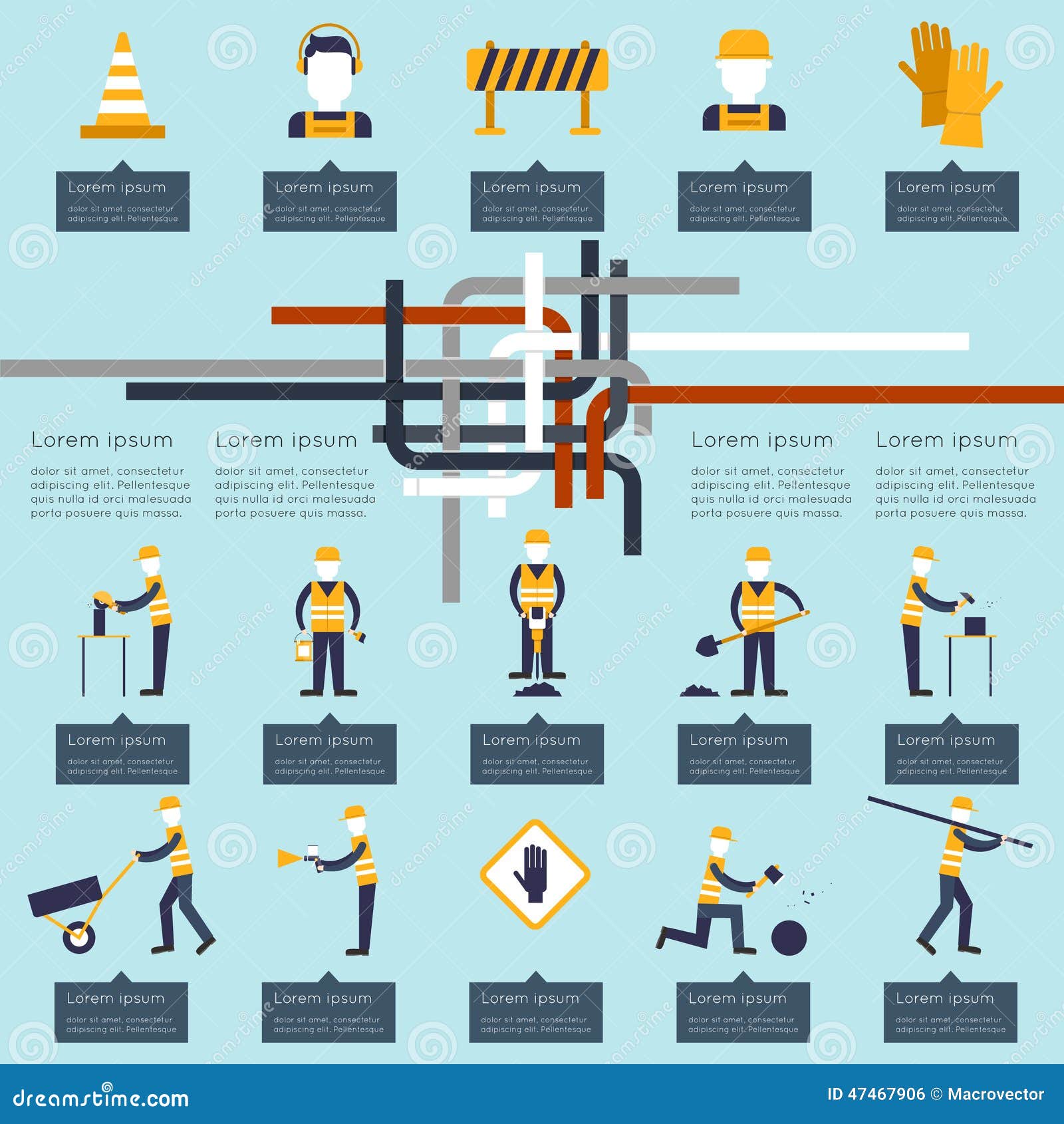Factors To Take Into Consideration For Industrial Exterior Paint By Season: Necessary Details You Must Have
Factors To Take Into Consideration For Industrial Exterior Paint By Season: Necessary Details You Must Have
Blog Article
Team Author-Fox Decker
When you're preparing a business external paint project, seasonal factors can make or damage your results. You'll want to take into consideration just how temperature level and humidity influence paint application and drying out times. Selecting the best period can guarantee your paint sticks appropriately and lasts much longer. However which seasons are genuinely the most effective for this sort of work? Let's explore the crucial elements that can influence your project's success.
The Influence of Temperature on Paint Application
When you're planning a commercial external paint project, the temperature can substantially affect how well the paint adheres and dries.
Preferably, you intend to repaint when temperatures vary between 50 ° F and 85 ° F. If it's as well cold, the paint may not cure appropriately, resulting in problems like peeling off or breaking.
On the other side, if it's too warm, the paint can dry also rapidly, stopping appropriate attachment and resulting in an unequal surface.
You should additionally consider the time of day; early morning or late afternoon offers cooler temperatures, which can be extra favorable.
Constantly inspect the manufacturer's referrals for the certain paint you're using, as they usually supply support on the ideal temperature range for ideal results.
Humidity and Its Effect on Drying Times
Temperature level isn't the only environmental factor that influences your commercial outside paint project; humidity plays a substantial function also. mouse click the next page can slow down drying times significantly, influencing the general top quality of your paint task.
When the air is filled with dampness, the paint takes longer to cure, which can bring about concerns like poor adhesion and a greater danger of mold development. If you're painting on a particularly damp day, be prepared for extensive delay times in between coats.
It's vital to monitor neighborhood weather conditions and plan as necessary. Ideally, go for humidity levels in between 40% and 70% for ideal drying out.
Keeping these factors in mind ensures your project stays on track and supplies an enduring surface.
Best Seasons for Commercial Outside Paint Projects
What's the best time of year for your industrial outside painting jobs?
Springtime and very early fall are typically your best bets. Throughout these seasons, temperature levels are moderate, and humidity degrees are typically reduced, developing ideal conditions for paint application and drying out.
Prevent summer season's intense heat, which can trigger paint to completely dry as well swiftly, bring about poor bond and finish. Likewise, wintertime's chilly temperature levels can prevent appropriate drying out and healing, taking the chance of the longevity of your paint job.
Aim for days with temperature levels in between 50 ° F and 85 ° F for optimal results. Keep in mind to check the regional weather report for rain, as damp problems can ruin your project.
Planning around these aspects ensures your painting task runs smoothly and lasts much longer.
Verdict
Finally, preparing your industrial outside paint projects around seasonal factors to consider can make a substantial distinction in the outcome. By scheduling job during the suitable temperature levels and humidity degrees, you'll make certain much better bond and drying times. Remember to keep an eye on neighborhood weather forecasts and select the correct time of year-- springtime and early autumn are your best choices. Taking why not try these out will certainly aid you attain a resilient and expert surface that lasts.
